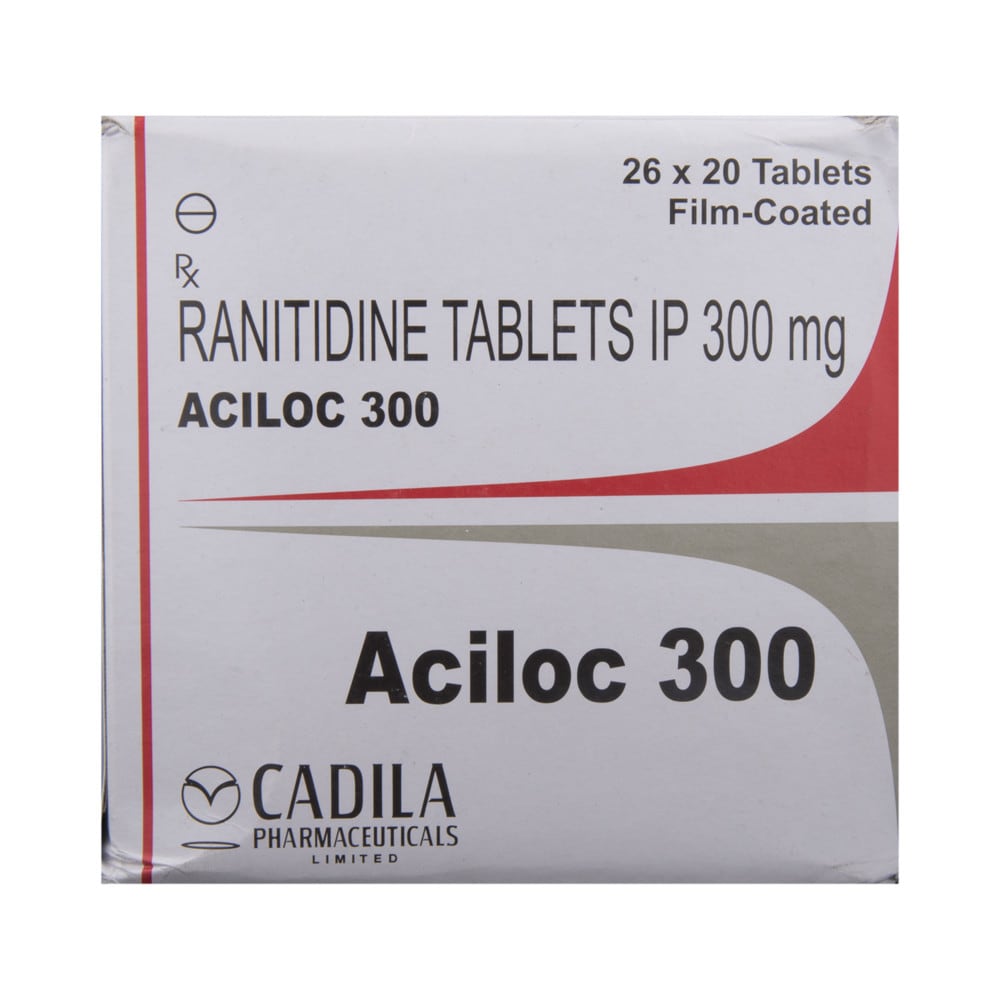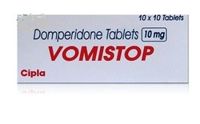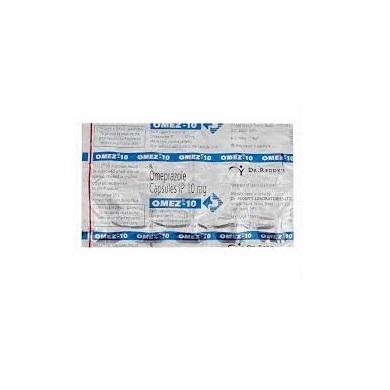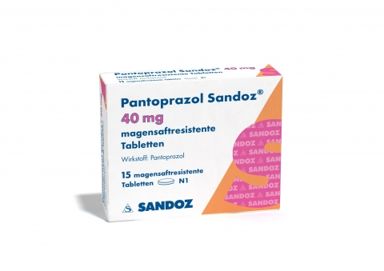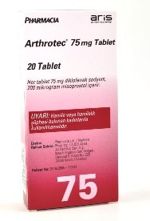Aciloc 300 Tablets
Aciloc 300 Tablets are a medication containing the active ingredient ranitidine, classified as a histamine-2 blocker. They are commonly prescribed to manage various gastrointestinal conditions, including peptic ulcers, gastroesophageal reflux disease (GERD), and heartburn. Aciloc 300 works by reducing the production of stomach acid, thus alleviating symptoms such as stomach pain, acidity, and indigestion.
These tablets provide relief by inhibiting the action of histamine, a substance that stimulates acid secretion in the stomach. By decreasing stomach acid levels, Aciloc 300 promotes the healing of ulcers and prevents their recurrence. It is typically taken orally, with or without food, as directed by a healthcare professional.
Uses
The uses of Aciloc 300 Tablets include:
- Treatment of Peptic Ulcers: It helps in healing peptic ulcers in the stomach or duodenum by reducing stomach acid production.
- Management of Gastroesophageal Reflux Disease (GERD): It relieves symptoms such as heartburn, regurgitation, and acid reflux associated with GERD by decreasing gastric acid secretion.
- Prevention of Acid-related Damage: It can be used to prevent damage to the esophagus caused by stomach acid in conditions like Barrett's esophagus.
- Relief from Heartburn: It provides relief from occasional heartburn, indigestion, and sour stomach by neutralizing excess stomach acid.
- Treatment of Zollinger-Ellison Syndrome: The tablet may be prescribed to manage excess stomach acid production in this rare condition characterized by tumors in the pancreas or duodenum.
How does Aciloc 300mg work?
Aciloc 300mg works by blocking the action of histamine on specific receptors in the stomach lining, known as histamine-2 receptors. By inhibiting these receptors, Aciloc 300mg reduces the secretion of gastric acid from the cells in the stomach lining, thereby decreasing the acidity levels in the stomach.
This action helps in relieving symptoms associated with conditions like peptic ulcers, gastroesophageal reflux disease (GERD), and heartburn. Unlike antacids that neutralize stomach acid, Aciloc 300mg specifically targets the underlying cause of excess acid production, providing longer-lasting relief and promoting healing of the gastrointestinal tract.
How to use it?
To use Aciloc 300mg effectively, take it orally with a full glass of water, preferably before meals or as directed by your healthcare provider. Swallow the tablet whole, without crushing or chewing it. Follow the prescribed dosage and duration of treatment diligently to ensure optimal results.
It's important to maintain a consistent dosing schedule and not miss any doses. Avoid taking the medicine with certain medications or supplements that may interact with it, unless advised by your doctor. If you have any concerns or questions about how to use it, consult your healthcare provider for personalized guidance.
Side Effects
While Aciloc 300mg is generally well-tolerated, some individuals may experience certain side effects. These can include dizziness, headache, or fatigue. Additionally, some people may notice changes in their bowel habits such as diarrhea or constipation. In rare cases, more serious side effects like allergic reactions or liver problems may occur.
It's important to monitor for any unusual symptoms while taking it and to notify your healthcare provider if you experience any concerning side effects. Always follow your doctor's guidance and do not hesitate to seek medical attention if needed.
Precautions
Before using Aciloc 300mg, it's important to consider the following precautions:
- Inform your healthcare provider about any allergies or medical conditions you have, especially if you have kidney or liver problems.
- Avoid consuming alcohol while taking Aciloc, as it may increase the risk of certain side effects.
- If you are pregnant, planning to become pregnant, or breastfeeding, consult your doctor before using it.
- Inform your healthcare provider about all medications, supplements, and herbal products you are taking, as they may interact with Aciloc 300mg.
- Take Aciloc exactly as prescribed by your doctor and do not exceed the recommended dosage.
- If you experience any unusual symptoms or side effects while taking it, contact your healthcare provider for advice.
Frequently Asked Questions
Is Aciloc 300 effective for gas-related issues?
Yes, Aciloc 300 can be effective in managing gas-related issues as it helps reduce stomach acid production, which can contribute to alleviating discomfort from excessive gas.
Can Aciloc 300 be taken before or after meals?
Aciloc 300 is usually taken before meals to ensure, it's most effective in controlling stomach acid production during digestion.
What are the benefits of using Aciloc 300 tablets?
Aciloc 300 tablets can help manage conditions like heartburn, acid reflux, indigestion, and excess stomach acid, providing relief from related discomfort.
Are there any potential side effects I should be aware of?
While generally well-tolerated, some individuals may experience side
effects like headache, dizziness, or stomach upset. Consult your doctor for a
full list and to discuss any concerns.
How does Aciloc 300 contribute to overall digestive wellness?
By reducing excessive stomach acid production, Aciloc 300 can help improve overall digestive wellness, reducing symptoms of acid-related issues and promoting comfort.
Is Ranitidine Aciloc 300?
Yes, Ranitidine is the active ingredient in this medicine. It works by blocking certain cells that produce stomach acid.
Can Aciloc be taken after food?
Yes, It can be taken after food to manage acidity and related discomfort effectively.
Can Aciloc be taken on an empty stomach?
While it's generally recommended to take Aciloc before meals for optimal effectiveness, consult your doctor for specific guidance based on your condition.
Is Aciloc safe during pregnancy?
Aciloc's safety during pregnancy should be discussed with a healthcare provider before use. They can provide guidance based on your situation.
Conclusion
In the pursuit of optimal digestive health, Aciloc 300 Tablets stand as a beacon of relief and comfort. These tablets, powered by the active ingredient Ranitidine, offer a comprehensive approach to addressing a spectrum of digestive discomforts. From heartburn to acid reflux, these tablets target the root cause: excess stomach acid. By curbing acid production, they not only relieve symptoms but also pave the way for enhanced digestion and overall well-being.
Your review is submitted successfully. It will be live after approval, and it takes up to 24 hrs.


